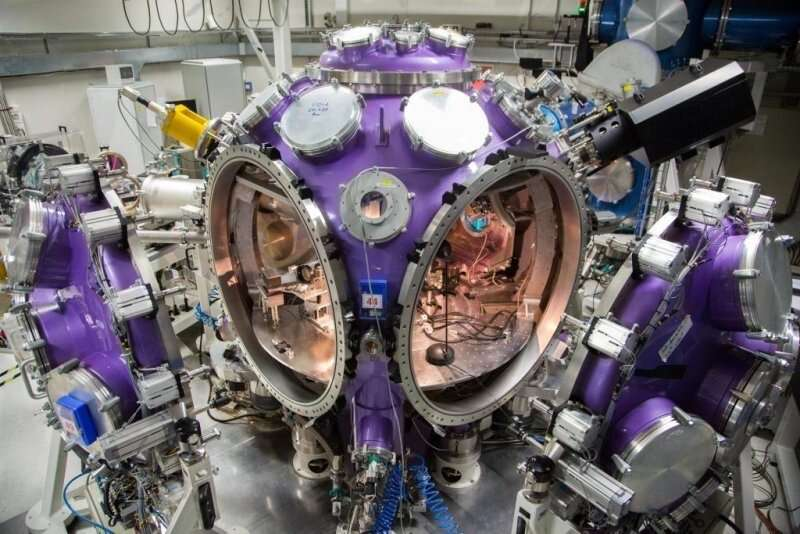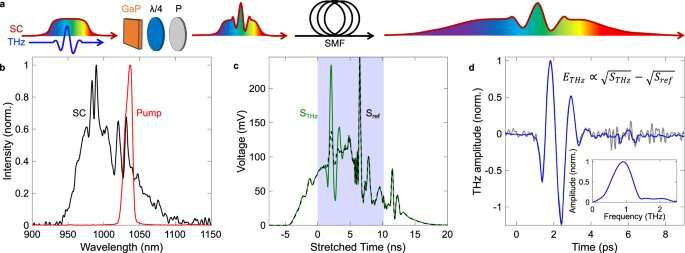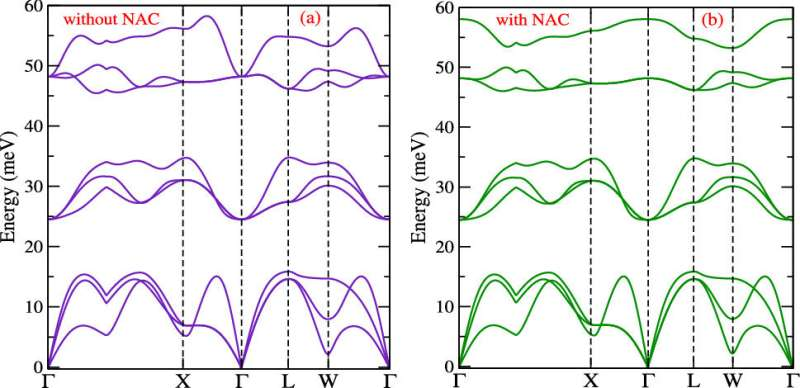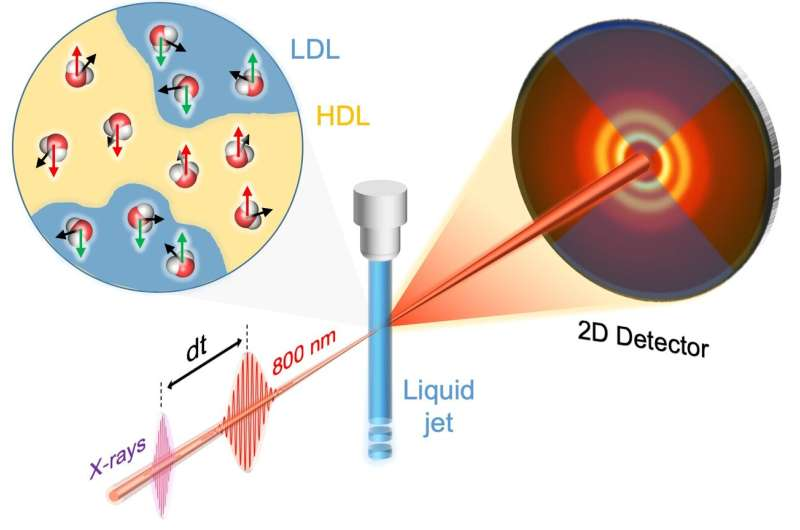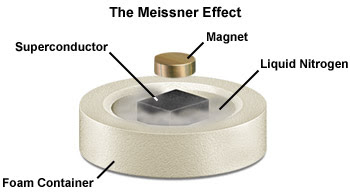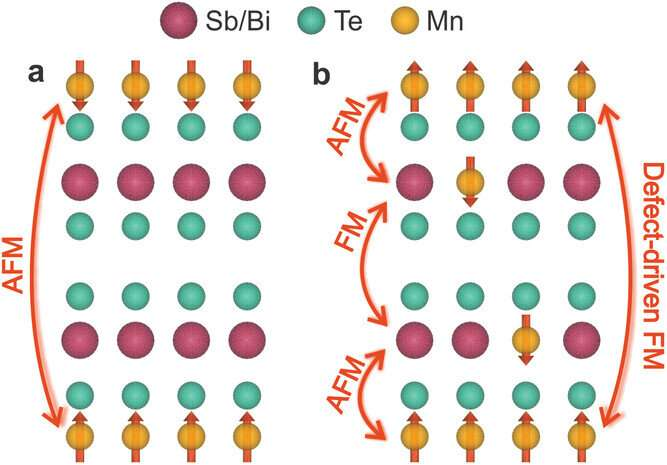Magnetic heterostructure generates higher frequencies for information processing
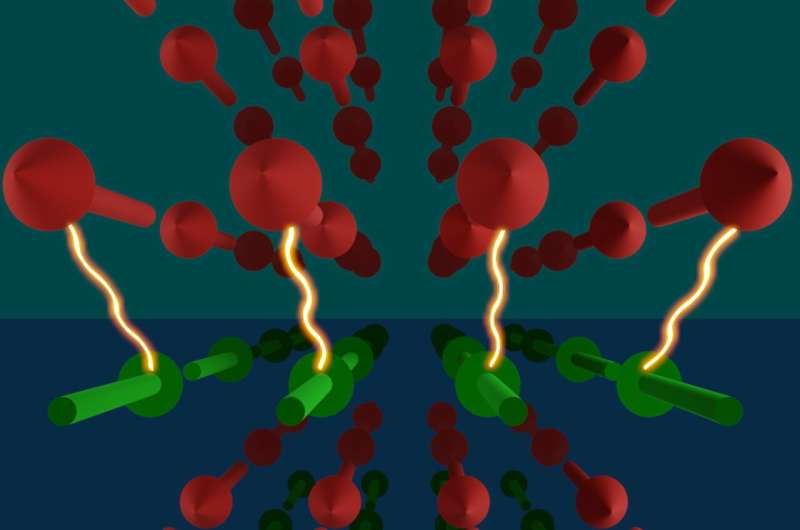
Novel magnetic memories are energy-efficient and robust. They are based on ferromagnets with operating frequencies in the gigahertz range. The operating frequency could be further increased with antiferromagnets, which, however, cannot be efficiently excited. Researchers from Kaiserslautern and Mainz have now shown that magnetic heterostructures—based on a thin antiferromagnet/ferromagnet bilayer—can combine the advantages of both material classes: A high working frequency with efficient excitation. The work has been published in the journal Physical Review Letters and has been highlighted as an Editors' suggestion. Magnetic materials play a central role in information processing and transmission in electronic devices. "We distinguish between different classes of magnets," says Professor Dr. Mathias Weiler, who heads the Applied Spin Phenomena group of the Department of Physics at the University Kaiserslautern-Landau. "The ferromagnets have a net magnetization and
